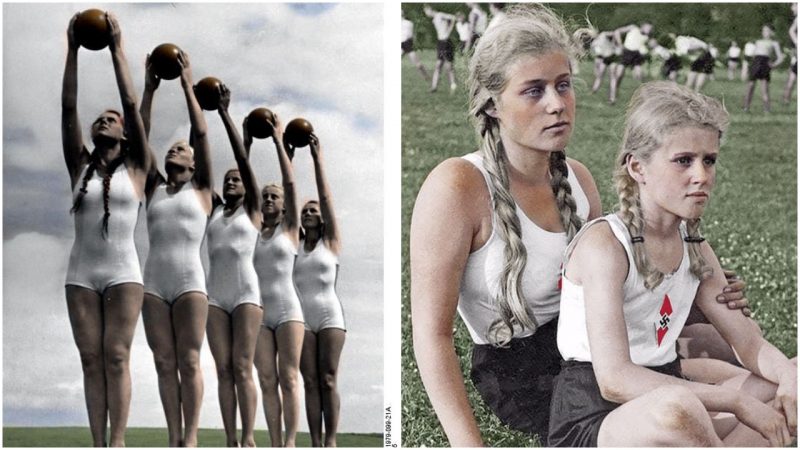The Nazis treated most people Jews, Poles, Russians, the French, almost everyone who was not an Ayrian (white Germans) abominably. But when the Party wanted someone to join or a group of people, there was no length to which it would not go to lure them.
Threats or seduction promises or protection, none of it was beneath the tactics Hitler used to sway people to his way of thinking. Factor children into this, vulnerable children whose brains were open to influence and bellies were empty from poverty and their parents’ unemployment, and an entire generation became ripe for brainwashing.
Hitler’s strategy was simple fill their stomachs and indoctrinate their minds simultaneously. Give them something to do, like sending kids to camp, and someone to hate at the same time.
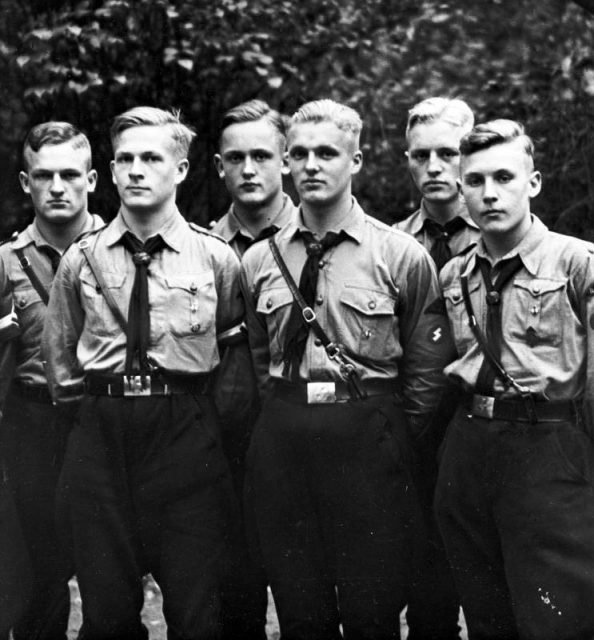
World War I left Germany ravaged in many respects. Poverty and unemployment were at record levels. The void left after its defeat was filled by Hitler, and he believed that one way to ensure the Third Reich’s future was through its children, all of whom were compelled to join the Hitler Youth, in one form or another, from the age of 10. The Hitler Youth Movement was established in 1936, as was the League of German Girls.
Children are always the greatest casualties in any war, as they have nothing to do with its cause but must endure its ramifications. In the 1930s, Nazi Youth groups gave children a purpose, a source of pride in their country. But these children were inculcated with the hatred and poison of Nazi doctrine.
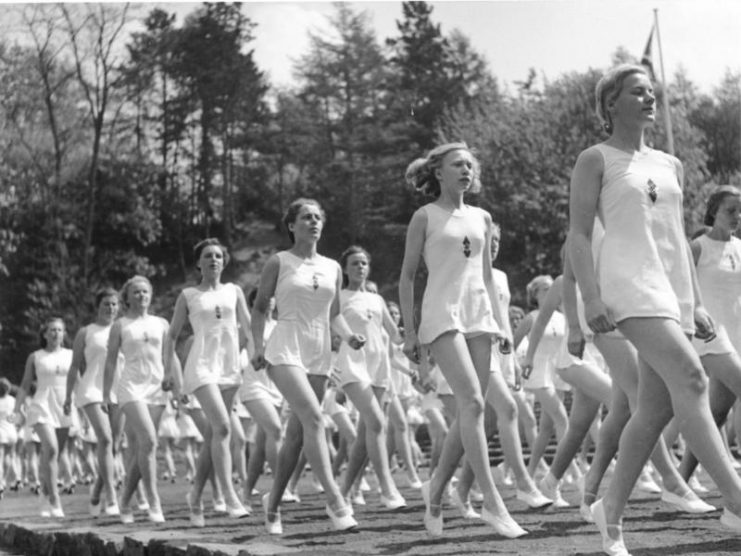
A recent exhibition in Bielefeld, Germany, a city of almost 340,000 people, reveals just how odious the techniques used on children were. Hungry children were offered sweets, poor, urban kids got to spend time in the country. But it was never about helping them, it was intended as a way of advancing the Nazi agenda onto the next generation, and making them grateful for it.
Not all children wanted to be part of this movement. Some even rebelled, but they suffered for their individuality. Punishments were severe if children did not participate, including threats of sending them to concentration camps. Most fell in line, but the exhibit offers proof of one group, the Edelweiss Pirates, who did not fall into line.
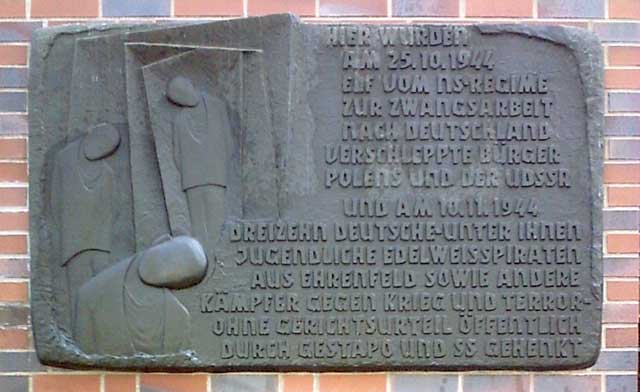
Seven of them were publicly hanged in Cologne in 1944 to dissuade others from following in their rebellious footsteps. At the outset, the Pirates only satirized the movement’s uniforms and songs, which they viewed as corny and too conservative.
But soon they became more politically active and staged acts against the Nazis that they viewed as treason. Hanging seven Pirates dampened the desire of many in the Youth Movement to break free of its constraints.
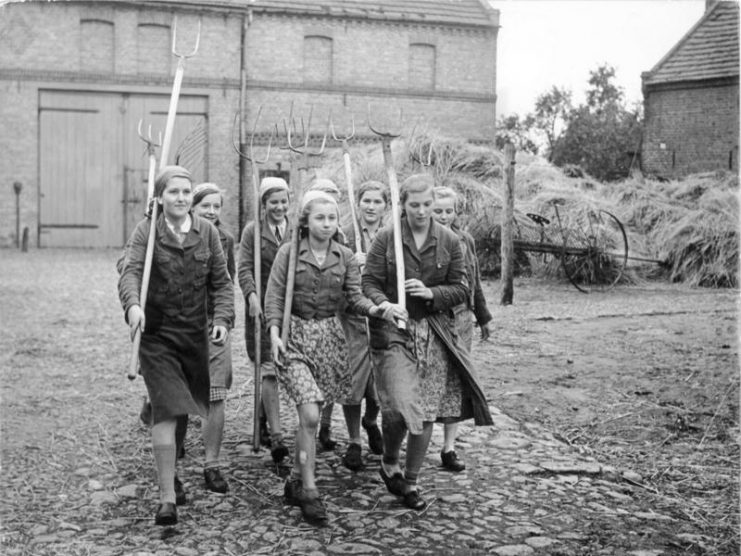
Even the Nazis may not have anticipated one consequence of bringing young people together at mass, co-ed events like the Nuremberg Rallies. Officials were appalled when, after the Rallies, 900 girls of different ages fell pregnant. That did not align at all with what the Nazis viewed as their strict, moral code, so the girls were forced to have abortions.
No one can say how many of those fetuses were the product of consensual sex or molestation. But one thing is certain, in the 1930s and 1940s, terminating pregnancies was not always the safe, hygienic procedure it is today.
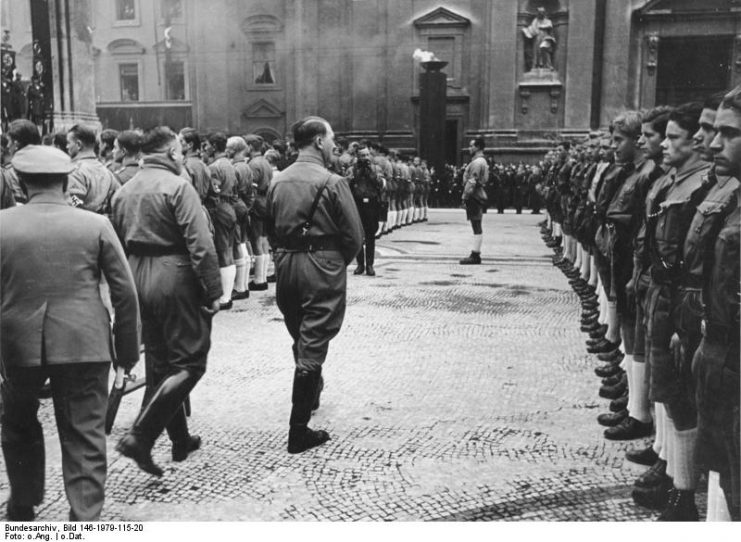
Museum head Wilhelm Stratmann is sympathetic to the plight of those children, to a point, as is Juergen Mueller, head of the Nazi Documentation Centre in Cologne, who confirmed that, at their peak, the Nazi Youth Movement and the League of German Girls had almost nine million members.
Read another story from us: How did Hitler Dismantle the German Republic? Could it Happen Again?
Both understand that children reach an age when they want to feel independent of their parents, and that camping trips, hot meals and a sense of purpose held a great deal of attraction for them. But it’s fair to ask.
How many of those children took willingly to the propaganda, and how many wanted to resist but were too frightened? How many decided to “go along to get along,” and how many willingly went along with the Party’s principles? It is, unfortunately, impossible to say.
